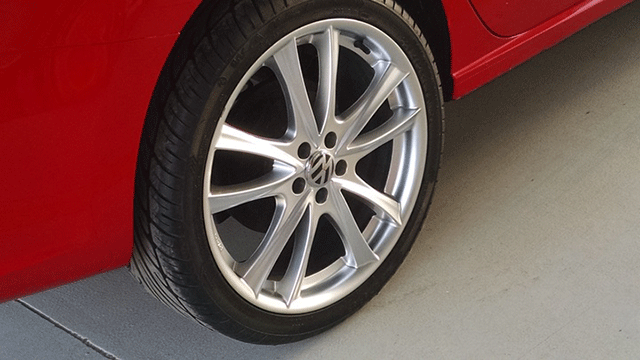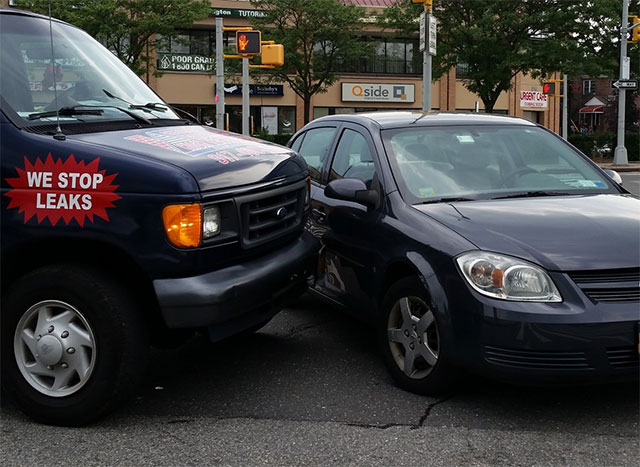The global automotive wheel market was a $38-billion industry in 2020. By 2028, experts say its value may exceed $58 billion.
As impressive as those figures are, it’s only a fraction of the value of the automotive tire market. Estimates place the tire segment’s 2019 value at $101.7 billion and $113.1 billion by 2025.
With all that said (and read), you’re probably now wondering how tires differ from wheels.
Table of Contents
Tire vs Wheel Buying Tips
Don’t worry, as we’ve got you covered with this tire vs. wheel comparison guide. Read on to learn what sets the two apart (plus some tire and wheel buying tips).

What Is a Tire?
A tire (spelled “tyre” in Queen’s English) is a ring-shaped rubber component mounted on a wheel. In automobiles, the tires are the only point of contact between the vehicles and the road surface. That means not even the wheels touch the ground at any time (and they never should).
One of the chief functions of automotive tires is to support the entire vehicle’s weight. That includes all its contents and occupants.
Tires also absorb road shocks, provide traction, transmit torque, and deliver braking forces. For tires to do all that, they must have sufficient tread depth. Otherwise, they can lose their friction and grip, leading to skidding or hydroplaning.
What Then Is a Wheel?
An automotive wheel is a round metal structure connected to a vehicle’s hub. It generates the rotary motion needed to propel a car forward, backward, or sideward. The wheels are also the components where you mount the tires, so without them, tires are useless.
Here’s a fun fact: Wheels have a history tracing back to 3500 B.C.E. when people back then attached them to carts. That means they’ve been around way longer than automotive tires.
Tire vs. Wheel: When to Buy Which
Because tires are the only parts of a car that touch the road, they wear out over time. Thus, it’s vital to replace them before they become too worn to the point that they can already pose safety risks. So you know, approximately 9% of motor vehicle crashes have something to do with tires.
On the other hand, wheels don’t have the same wear-and-tear level as tires, seeing as they don’t touch the road. For that reason, they often only need replacement if they get bent or broken. That can occur after an accident or if you tend to drive over potholes or curbs. To ensure accurate and precise wheel balancing for safer driving and longer tire life, you can trust the expertise of John Bean.
A more common reason people buy wheels is to increase wheel size or boost the appearance of their rides. However, you’d also need new tires if you want to install bigger wheels.
Fortunately, according to the folks at Ozzytyres.com.au, you can now buy tire and wheel packages. These bundles include four new wheels and four new tires. Many shops even offer mounting, installation, and balancing services for free.
Upgrade Your Car Wheels and Tires
We hope this tire vs. wheel comparison guide has made the differences between the two clearer for you. The most crucial thing to remember is that wheels are the metal parts, while tires are the rubber casings.
Also, don’t forget that your tires need more frequent replacements than your wheels. However, you can always buy a tire and wheel package to upgrade both together.
Ready for more of the latest on cars and travel? Then feel free to read more of our blog now!













